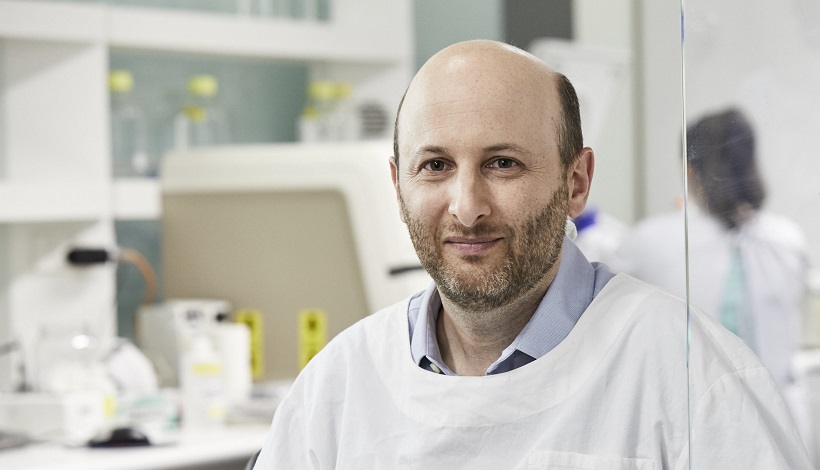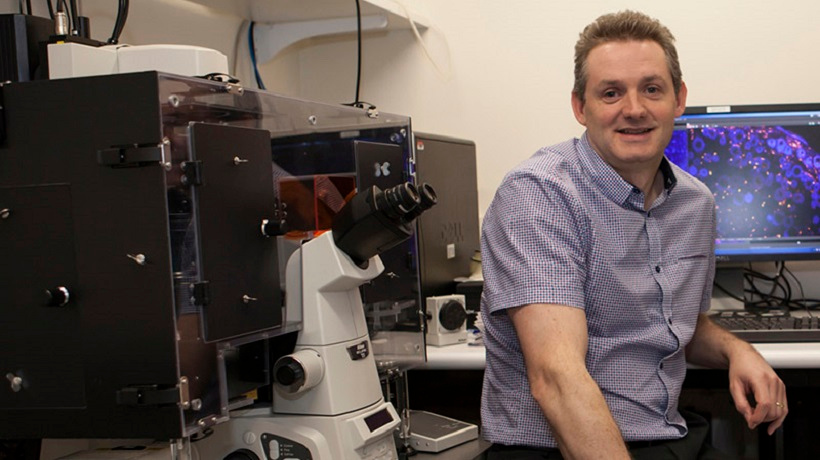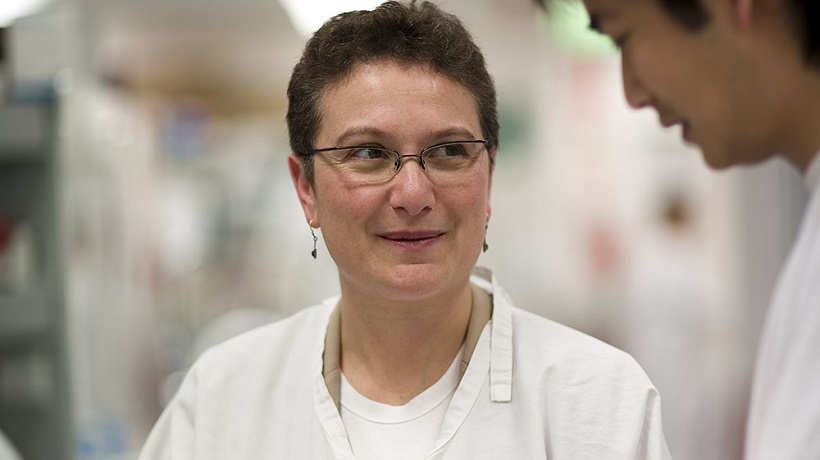
For the longest time, kids’ cancer research has been the poor cousin to adult cancer research, attracting far less funding. However, sometimes kids’ cancer research paves the way to effective treatment and new therapies for all.
Some of the first patients in the world to be cured of cancer were children who’d had leukaemia. As a result, many cancer therapies originate from kids’ leukaemia research.
In fact, today, many adult leukaemia patients are treated following children’s therapy protocols. Children’s protocols have demonstrated to haematologists how leukaemia can be treated in adults for better success, including combinations of certain types of drugs.
“We absolutely learn a lot from results of children’s cancer research and that knowledge is then extended to adults,” says Associate Professor David Ziegler, a paediatric oncologist and Senior Staff Specialist at Sydney Children’s Hospital.
Ziegler’s research into DIPG, one of the deadliest types of cancer, is partly funded by The Kids’ Cancer Project.

“It is our belief that if we find treatments for our work around DIPG, which is one of the hardest cancers to treat, it will be applicable to other types of cancer as well,” he says.
Professor Nick Gottardo, co-head of the Telethon Kids Institute’s Brain Tumour Research Team and Head of Department of Paediatric Oncology and Haematology at Perth Children’s Hospital, agrees that kids’ cancer research offers powerful insights for adult therapies.

Chemotherapy and radiotherapy, which came out of leukaemia research, are non-specific cancer therapies, he explains. It’s possible that today, as treatments are becoming increasingly molecularly targeted, adult cancer research will be informed even more strongly by kids’ cancer research.
“These modern treatments target the biology of the individual tumours,” Gottardo says. “The cancers that respond best to those therapies tend to be the paediatric cancers, because they’re more pure.”
“Adult cancers often develop over a long period of time, from mutations from external environmental agents such as cigarette smoke, pollution, diet, etc. But paediatric cancers often come from developmental pathways that go awry, sometimes just from one mutation or abnormal fusion between two genes. And so, often a paediatric cancer will be the prototype for why a specific inhibitor works phenomenally well.”
Why then, does adult cancer research receive more than the lion’s share of funding?

One explanation is because adult cancers are more frequent than childhood cancers, says Professor Maria Kavallaris, Head of Translational Cancer Nanomedicine Theme and co-director of the Australian Centre for Nanomedicine at the Children’s Cancer Institute.
“But we also know that childhood cancer, in a country like Australia, is the number one cause of disease-related death in children,” Kavallaris says. “One in every 900 adults in Australia is a survivor of childhood cancer, and a large percentage of those people will have long-term side effects from their treatment.”
Then, Kavallaris explains, there’s the calculation of life-years saved per cancer patient.
“Childhood cancer is second only to breast cancer in terms of productive life-years saved,” she says. “So, when you put it that way, childhood cancer is actually a very big issue.”
